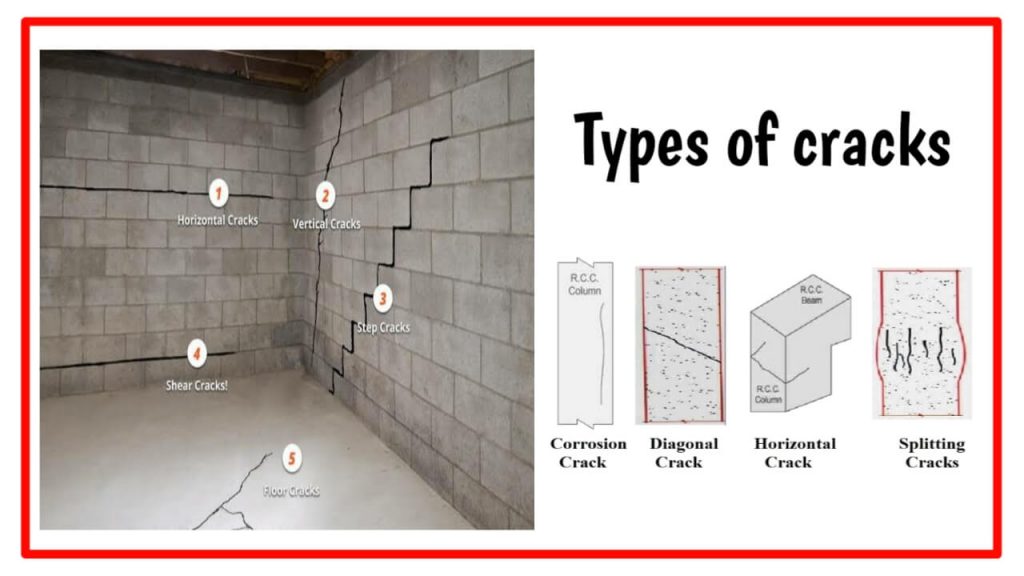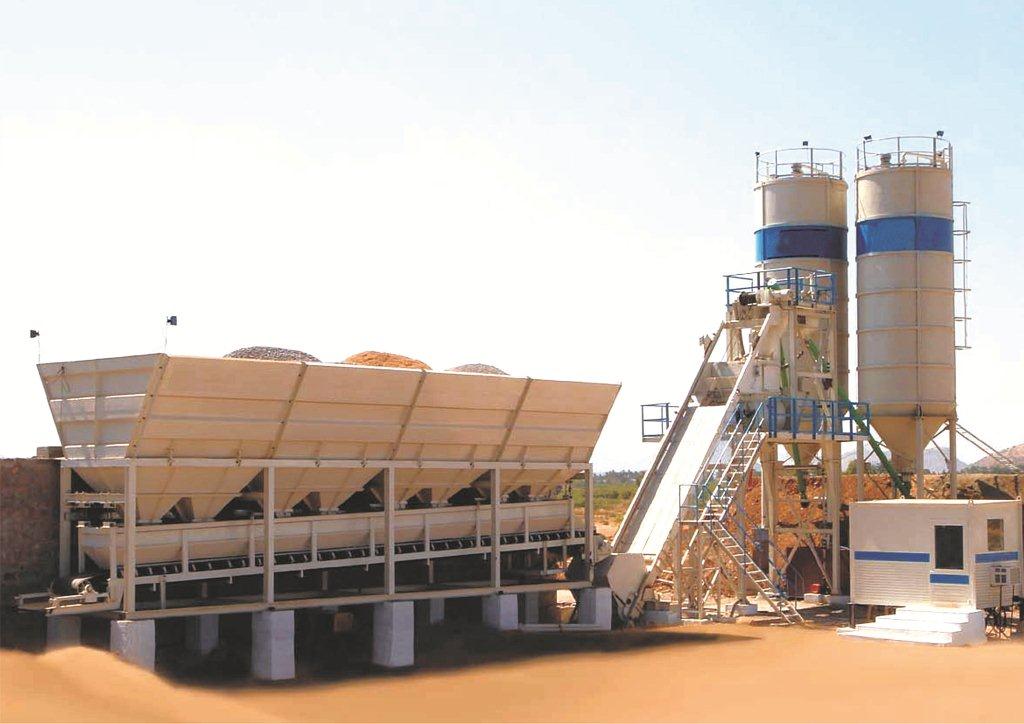It is a type of hard surface which function is transmit load to the sub base. Basically, pavement divided in two types, bituminous and concrete pavement they also known as flexible and rigid pavements.
Normally flexible pavement made by crushed stone, gravel and soil with binding material bituminous material. Rigid pavement made by concrete, mixture of course and fine aggregate, in rigid pavement Portland cement used as binding material.
Pavement made for provide smooth surface with highly durability and reduce transportation time and also increase vehicle age.
Types of pavement
- Flexible pavements
- Rigid pavements
What is Flexible Pavement
The pavement which are made by bituminous material and crushed stone, gravel and soil. Flexible pavement which has very low flexural strength and are flexible their structural action under load. Normally flexible pavement divided into four layers are given below starting from bottom, progressive layers are in the order of-

- Soil sub-grade
- Sub-base course
- Base course and
- Surface course.
The functions of flexible pavement layers are transmitting the compressive or vertical load to lower layers by gain-to-gain transfer. Well graded compacted flexible pavement has very good interlocked aggregate layer and distributes the stress to larger area.
Load spreading ability of layers depends on type of the materials and therefore mix design factors. The material which are used in flexible pavement layers are soil aggregate, crushed aggregate, water bound macadam and granular materials with bituminous binder.
Maximum vertical compressive stress on pavement surface directly under the wheel load and it is also equal to the contact pressure under the wheel load.
The ability of transfer load to wider area in shape of a truncated cone reduced stresses one layer to lower layers. Flexible pavement needs high repairing cost and their completion cost is low. Strength of road is directly dependent on strength of their aggregate.
What is Rigid Pavement
Rigid pavement which are strong in flexural strength or flexural rigidity. In rigid pavement loads does not transfer grain to grain to lower layer like flexible pavement layers. It is made cement concrete which may be plain, reinforced or prestressed.
The main point which makes difference in the structural action of rigid pavement as compared to flexible pavement in critical condition of stress in rigid pavement is maximum flexural stress occurring in the slab due to change in the temperature and wheel load while flexible pavement it is transmission of compressive stresses to lower layers.
Normally rigid pavement divided into three layer which start from bottom of the road is-
- Soil sub-grade
- Base course
- Cement concrete slab
Rigid pavement serves both as wearing and also effective base coarse. Generally rigid pavement design as cement concrete slab it can be placed directly over the soil sub-grade, this is not preferred specially when the sub-grade have fine grained soil.
Rigid pavement needs expansion joint. Rigid pavement cannot be used until 14 days of curing. Life span of rigid pavement is more than flexible pavement. In rigid pavement load transfer of grain to grain does not exist.
By providing better base or sub base coarse layer bottom the cement concrete slab, pavement life can be increased considerably and reduce repairing cost.











I like this article. It has given me the encouragement to fine-tune my research in a related area.
Thanks